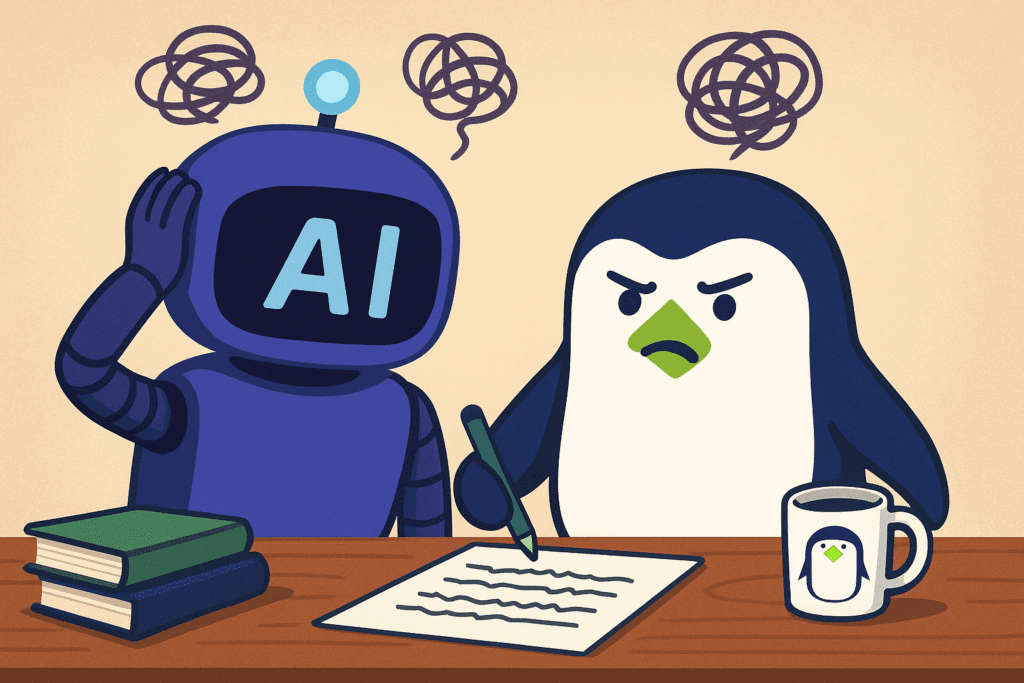We’ve seen all kinds of problems pop up during translation projects. In this July series, we’re breaking down the most common complaints from customers, and sharing simple ways to avoid them.
Did They Just Use Google Translate? When Machine Translation Misses the Mark
Machine translation tools like Google Translate or DeepL can be fast and easy. But sometimes, they get things very wrong, and you’re left with confusing or even embarrassing results.
Why does this happen?
Common Problems with Machine Translation:
- It doesn’t understand your brand. Machine translation can turn “fun and friendly” content into something cold or robotic. If you’re trying to sell a product or connect with people, that matters.
- It guesses the wrong meaning. Machines translate word by word. But language is full of context and culture. One phrase in English might mean something totally different in another language.
- No checks for accuracy. Machines don’t know if something is wrong. If there’s a weird sentence or bad grammar, it won’t catch it. That’s why a human review is so important.
How to Avoid Machine Translation Mistakes
If you do use machine translation, make sure to:
- Add human review. Have someone check and fix the machine’s work. This is called post-editing.
- Use a glossary. A glossary is a list of your brand’s key words and how they should be translated.
- Think about the content. Machine translation works better for simple, informative content. It’s not great for ads, jokes, emotional stories, or anything with a strong brand voice.
Next week’s article will be, Why Is This Taking So Long? Slow Turnaround Times. Stay tuned!

